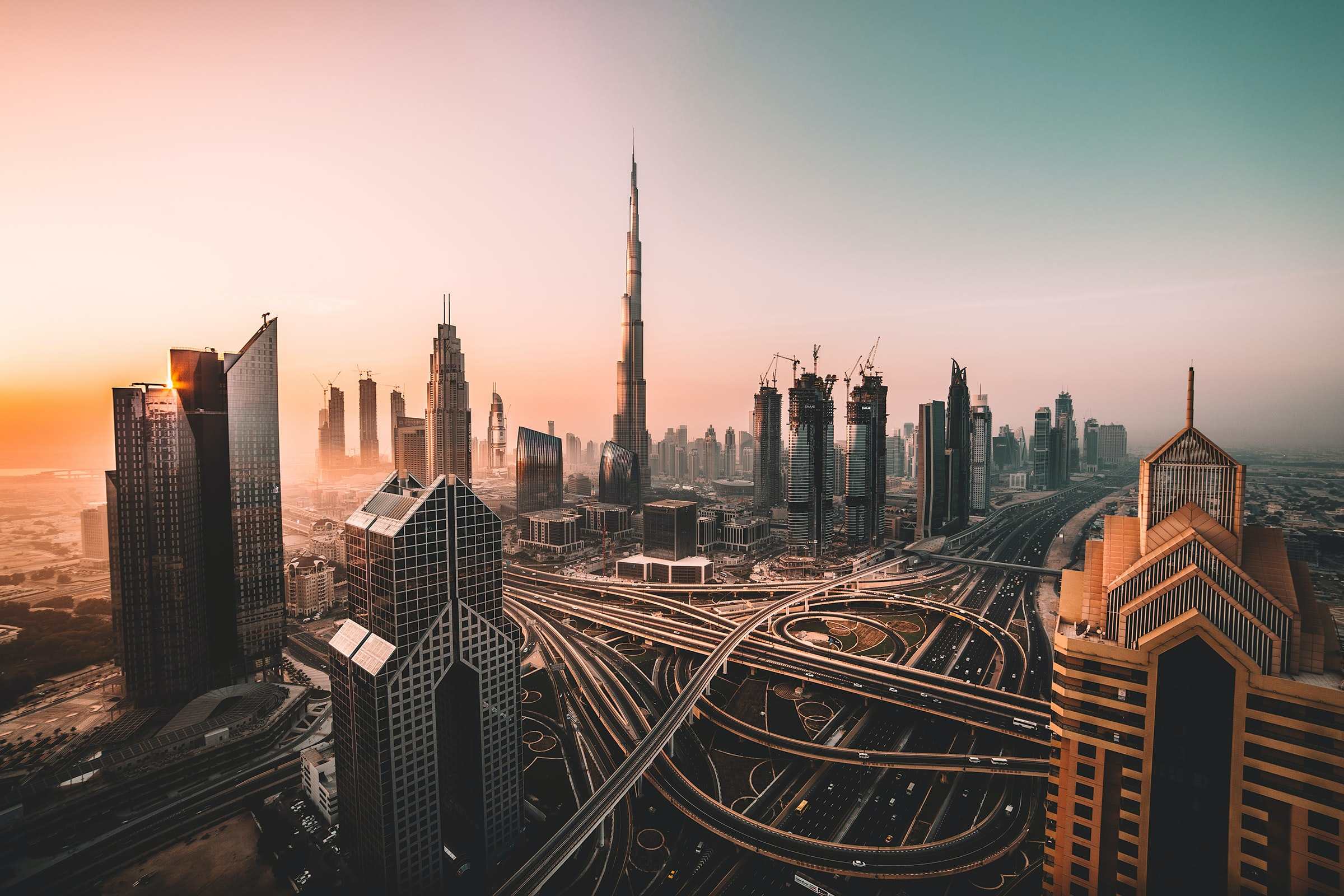The Nuggets Dubai will also help Middle Eastern technology companies to go overseas.
This article was first published on the overseas website, welcome to moveletschuhai.comSee more global business related information.
According to US media reports, Stripe, the most highly valued financial technology company in Silicon Valley, recently stated that the company has decided to enter the Middle East (West Asia and North Africa). The Middle East financial center, Dubai, UAE, will become the first stop for Stripe’s business expansion in the Gulf countries.
I have reported this company before going overseas. Last month, Stripe just completed a $600 million H round of financing. Investors include Sequoia Capital, Allianz X, Axa, Baillie Gifford, etc. After the completion of this financing, Stripe’s valuation reached 95 billion U.S. dollars, making it the largest unicorn company in Silicon Valley. The two founders of Stripe are worth more than 11 billion U.S. dollars.
Stripe defines itself as a payment service provider. Its main business is to provide online payment solutions to various small and medium-sized enterprises. Stripe’s advantages are mainly reflected in two points. One is to help business owners save money through a universal online payment solution. The cost of manpower, technology, and time to build a payment system independently; second, through the Stripe Connect system, it helps companies deal with currency exchange issues that are difficult to cope with in overseas markets.
The characteristics of focusing on small and medium-sized enterprises, easy-to-use platform services, and international layout have made Stripe attract the attention of many investors and industry elites. Stripe director Mark Carney is the former governor of the Bank of England (the Bank of England), and another director Christa Davies is the CFO of AON, the world’s largest insurance company. In addition, Musk and European billionaire Peter Thiel are both early investors in Stripe.
Why UAE
When people refer to the Gulf countries in the Middle East, they may always be associated with the rich oil resources and the royal family who spends a lot of money, but in fact, the leaders and entrepreneurs there have long realized the “petro-dollar” The risks and ills of the country, and started a series of industrial transformation actions. For example, in 2017, the Saudi government spent 500 billion U.S. dollars.It was decided to build a smart city project called the New Future City (Neom) in Tabuk Province in the northwest. The New Future City will be completely powered by renewable energy.
Looking at the entire Gulf region, the most successful transformation is undoubtedly the UAE, and the city with the highest economic vitality in the UAE is Dubai. After the 1980s, after becoming the largest logistics center in the Middle East, Dubai began to attract major financial institutions around the world. After 2010, financial services, aviation, real estate, and tourism became Dubai’s pillar industries, and oil revenue only accounted for Dubai’s GDP Below 5% of the total, Dubai has become the financial center of the UAE and the entire Middle East.
In the Internet age, the UAE has also become the “vanguard” of technological progress in the Middle East. According to estimates by the International Trade Administration of the US Department of Commerce, the UAE’s national e-commerce market is expected to reach USD 27.1 billion by 2022, ranking first in the Middle East. . Since 1999, the emirates represented by Dubai have begun to carry out technological transformation while economic transformation, and have cooperated with Chinese companies (such as Huawei) to implement many technological projects in the direction of e-government and smart cities.
Compared with other countries in the Middle East, the UAE has more local technology companies. For example, Noon, an e-commerce platform founded by the wealthy UAE businessman Mohamed Alabbar, is now one of the largest e-commerce platforms in the Middle East. Platform competition. And Amazon itself, only after acquiring another local e-commerce platform Souq, gradually opened up in the UAE market.
In addition to Noon and Souq, the UAE has also created star technology start-ups such as the ride-hailing platform Careem and the music playback platform Anghami. Among them, Anghami is expected to go public in the United States this year, becoming the first technology company in the Middle East to be listed on US stocks the company.
“We noticed that last year, investors from all over the world invested US$600 million in start-ups in the UAE. This is a dynamic market that needs to be further developed.” Stripe Head of Europe, Middle East and Africa Business Matt Henderson said in an interview with CNBC.
What can Stripe bring to the Middle East?
In many ways, as long as it can maintain the basic market, Stripe is fully qualified for listing-its current valuation has exceeded the valuation of Facebook and Uber before the listing.
There was also widespread rumors that Stripe would go public, but Stripe officially responded that the company is still focusing on growth and business optimization, and has no plans to go public for the time being. Layout in the Middle East and landing in the UAE can also be regarded as a manifestation of Stripe’s business expansion and innovation.
Stripe The characteristics of simple operation of various tools and the ability to access markets in different countries are indeed attractive to Gulf companies. Most of the technology companies in the Middle East serve local users, but due to the size of the population, local users are not enough to meet the needs of corporate development.
According to a report by the Saudi Commercial Bank quoted by Xinhua News Agency, the total population of the six Gulf countries (Kuwait, Saudi Arabia, UAE, Oman, Bahrain and Qatar) is about 25.9 million, which is even far lower than China. The most populous province. Therefore, for the development of technology companies in Gulf countries, they must look for opportunities outside the region. At this time, Stripe’s advantages in currency exchange and cross-border trade can be reflected.
Based on this, Stripe is highly optimistic about entering the UAE. Matt Henderson said: “The entire UAE’s start-ups are extremely active, which means that Stripe has many local opportunities. At the same time, many Internet companies in the UAE have not yet achieved a real With globalization, Stripe can help these companies grow locally and expand their overseas businesses. At the same time, they will be paid more attention to by investors outside the Middle East.”
Text | Jin Kaiyue
Edit | Zheng Shenghao
Figure|Unsplash
Let’s CHUHAI CLUB Salon Event Preview
On April 15th, the first salon of LET’S CHUHAI CLUB, created by going overseas, will land in Shenzhen. This event will start from several hot topics such as brand going overseas, cross-border e-commerce, financial technology and overseas marketing, and discuss how Chinese companies going overseas can plan and move under the wave of globalization, and talk about current crises and challenges.
Welcome to scan the code to fill in the form and register for offline participation.
For reports, communication with authors, business cooperation, submission and reprinting, please scan the QR code below to follow the official account “Going to Sea”, click the menu bar-contact us-cooperation requirements, scan the code to fill in the form, and contact us.


